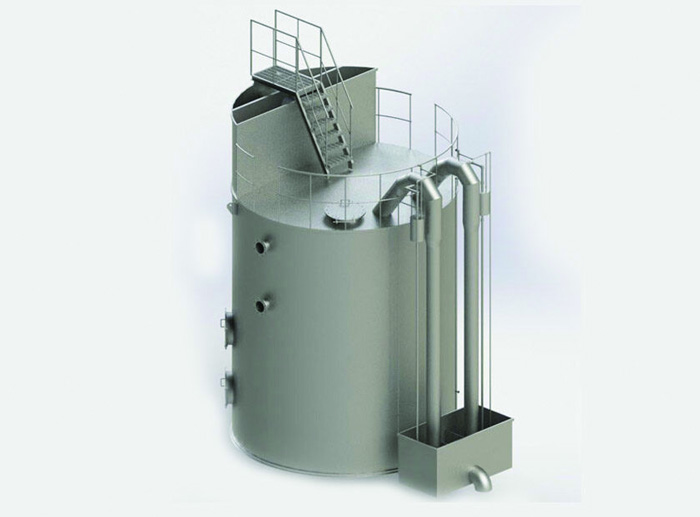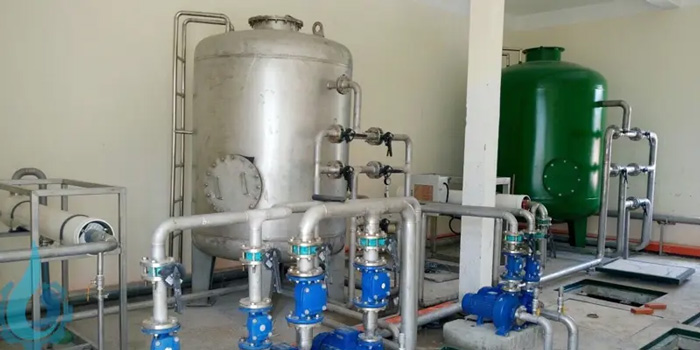Concept of slow filter tank in water treatment
Slow filtration tanks are water treatment systems based on natural filtration through layers of different materials. Instead of using harsh chemicals, slow filters take advantage of natural biological and chemical processes to remove impurities from the water.

Slow filter tank structure
Slow filter tanks are usually divided into different layers, including sand, gravel, coke and other filter materials. These layers create an ideal environment for beneficial bacteria and microorganisms, helping to filter out impurities and bacteria in the water.

Advantages of slow filter tanks
- Durability and Sustainability: Slow filter tanks do not require large energy consumption and can operate for long periods of time without much intervention.
- No Use of Toxic Chemicals: This method does not use harsh chemicals, helping to reduce the toxic impact on the environment and humans.
- Efficient Filtration: The slow filter tank is able to effectively remove organic impurities and bacteria, providing clean and safe water.
Disadvantages of slow filter tank
- Requires Large Area: To ensure good filtration performance, slow filtration tanks often require large areas, which can be a challenge in areas with limited space.
- Needs Regular Maintenance: The filter layers in the tank need to be evaluated and maintained periodically to ensure effective operation.

Operating principle of slow filter tank
Slow filter tanks operate based on the complex interaction between water and filter layers. The bacteria and microorganisms in the filter layers kill and remove impurities, while filter media such as sand and gravel retain impurity particles.
Practical application
Slow filter tanks are widely used in the treatment of drinking water, wastewater and water supply for agriculture. In particular, it is a popular choice in water supply system construction projects for small communities and rural areas.
Overall, slow filtration tanks are not only an effective method of water treatment but also demonstrate human commitment to sustainability and environmental protection. The combination of technology and natural processes has created a reliable way to provide clean, safe water to communities.


